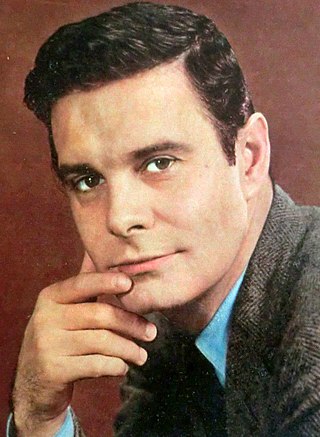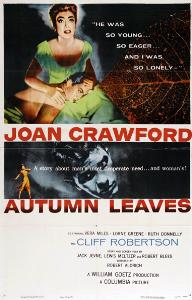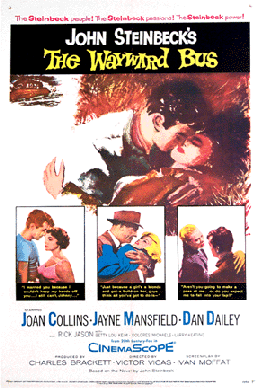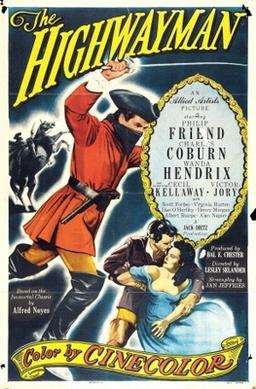
George William Peppard was an American actor. He secured a major role as struggling writer Paul Varjak when he starred alongside Audrey Hepburn in Breakfast at Tiffany's (1961), and later portrayed a character based on Howard Hughes in The Carpetbaggers (1964). On television, he played the title role of millionaire insurance investigator and sleuth Thomas Banacek in the early-1970s mystery series Banacek. He played Col. John "Hannibal" Smith, the cigar-smoking leader of a renegade commando squad in the 1980s action television series The A-Team.

Cornel Wilde was a Hungarian-American actor and filmmaker.

Curd Gustav Andreas Gottlieb Franz Jürgens was a German-Austrian stage and film actor. He was usually billed in English-speaking films as Curt Jurgens. He was well known for playing Ernst Udet in Des Teufels General. His English-language roles include James Bond villain Karl Stromberg in The Spy Who Loved Me (1977), Éric Carradine in And God Created Woman (1956), and Professor Immanuel Rath in The Blue Angel (1959).

Elda Furry, known professionally as Hedda Hopper, was an American gossip columnist and actress. At the height of her influence in the 1940s, over 35 million people read her columns.

Louis Jourdan was a French film and television actor. He was known for his suave roles in several Hollywood films, including Alfred Hitchcock's The Paradine Case (1947), Letter from an Unknown Woman (1948), Gigi (1958), The Best of Everything (1959), The V.I.P.s (1963) and Octopussy (1983). He played Dracula in the 1977 BBC television production Count Dracula.

Robert Burgess Aldrich was an American film director, producer, and screenwriter. An iconoclastic and maverick auteur working in many genres during the Golden Age of Hollywood, he directed mainly films noir, war movies, westerns and dark melodramas with Gothic overtones. His most notable credits include Vera Cruz (1954), Kiss Me Deadly (1955), The Big Knife (1955), Autumn Leaves (1956), Attack (1956), What Ever Happened to Baby Jane? (1962), Hush...Hush, Sweet Charlotte (1964), The Flight of the Phoenix (1965), The Dirty Dozen (1967), and The Longest Yard (1974).

Diana Dors was an English actress and singer.

Diana Marie Lynn was an American actress. She built her career by starring in Paramount Pictures films and various television series during the 1940s and 1950s. Two stars on Hollywood Walk of Fame are dedicated to her name.

Autumn Leaves is a 1956 American psychological drama film directed by Robert Aldrich and starring Joan Crawford in an older woman/younger man tale of mental illness. The film was distributed by Columbia Pictures. The screenplay was written by Jean Rouverol and Hugo Butler, though it was credited to Jack Jevne, since Rouverol and Butler were blacklisted at the time of the film's release.

Carl Foreman, CBE was an American screenwriter and film producer who wrote the award-winning films The Bridge on the River Kwai and High Noon, among others. He was one of the screenwriters who were blacklisted in Hollywood in the 1950s because of their suspected communist sympathy or membership in the Communist Party.
Edward Small was an American film producer from the late 1920s through 1970, who was enormously prolific over a 50-year career. He is best known for the movies The Count of Monte Cristo (1934), The Man in the Iron Mask (1939), The Corsican Brothers (1941), Brewster's Millions (1945), Raw Deal (1948), Black Magic (1949), Witness for the Prosecution (1957) and Solomon and Sheba (1959).

The Last Hunt is a 1956 American Western film directed by Richard Brooks and starring Robert Taylor and Stewart Granger, with Lloyd Nolan, Debra Paget and Russ Tamblyn. It was produced by Dore Schary at Metro-Goldwyn-Mayer. The screenplay was by Richard Brooks from the novel The Last Hunt, by Milton Lott. The music score was by Daniele Amfitheatrof and the cinematography by Russell Harlan.

Éva Márta Szőke Ivanovics, known professionally as Eva Bartok, was a Hungarian-British actress. She began acting in films in 1950, and her last credited appearance was in 1966. She acted in more than 40 American, British, German, Hungarian, French, and Israeli films. She is best known for appearances in Blood and Black Lace, The Crimson Pirate, Operation Amsterdam, and Ten Thousand Bedrooms.

The Wayward Bus is a 1957 American drama film directed by Victor Vicas and starring Joan Collins, Jayne Mansfield, Dan Dailey and Rick Jason. Released by 20th Century-Fox, the film was based on the 1947 novel of the same name by John Steinbeck.
Warwick Films was a film company founded by film producers Irving Allen and Albert R. Broccoli in London in 1951. The name was taken from the Warwick Hotel in New York where Broccoli and his wife were staying at the time of the final negotiations for the company's creation. Their films were released by Columbia Pictures.

Walter Rilla was a German film actor of Jewish descent. He appeared in more than 130 films between 1922 and 1977. He was born in Neunkirchen, Germany and died in Rosenheim, Germany.

Harold Huth was a British actor, film director and producer.

Star of India is a 1954 British-Italian swashbuckling adventure film directed by Arthur Lubin and starring Cornel Wilde, Jean Wallace, Herbert Lom, and Walter Rilla. It was shot at the Riverside Studios in London and on location in Aosta. The film's sets were designed by the art director Cedric Dawe. It was released in the United States in April 1956 by United Artists.

Martin Miller, born Johann Rudolph Müller, was a Czech-Austrian character actor. He played many small roles in British films and television series from the early 1940s until his death. He was best known for playing eccentric doctors, scientists and professors, although he played a wide range of small, obscure roles—including photographers, waiters, a pet store dealer, rabbis, a Dutch sailor and a Swiss tailor. On stage he was noted in particular for his parodies of Adolf Hitler and roles as Dr. Einstein in Arsenic and Old Lace and Mr. Paravicini in The Mousetrap.

The Highwayman is a 1951 American historical adventure film directed by Lesley Selander and starring Philip Friend, Wanda Hendrix and Cecil Kellaway. The film was shot in Cinecolor and distributed by Allied Artists, the prestige subsidiary of Monogram Pictures. It was based on the poem of the same name by Alfred Noyes.


















